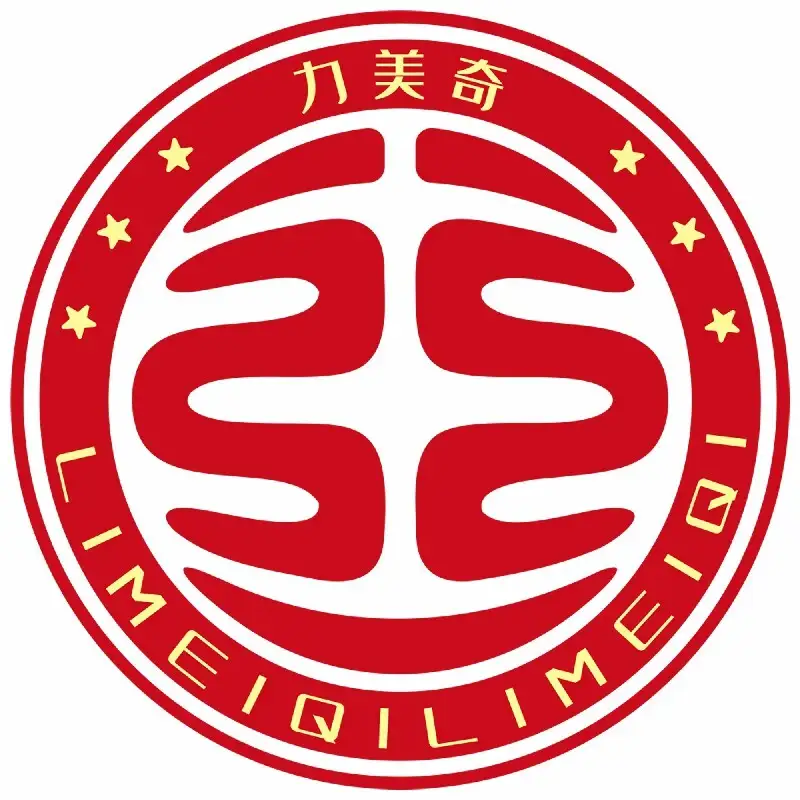Manufacturer's Guide to Flying Chair Amusement Park Safety
The flying chair amusement park is a thrilling attraction that combines fun and physics. Whether youre designing, building, or maintaining a flying chair park, safety is a top priority. From ensuring rider comfort and health to protecting your businesss reputation, manufacturers play a crucial role in creating safe and enjoyable flying chair rides. This guide explores the key aspects of flying chair park safety, from design and materials to maintenance and compliance.
Introduction and Basics
Flying chair parks are more than just ridesthey are a blend of creativity, engineering, and physics. However, they come with unique safety challenges such as the risk of tipping over and potential collisions. Ensuring safety is not just a legal requirement but also essential to protect rider health, build customer trust, and ensure the long-term success of your park.
Safety Standards and Regulations
Manufacturers must adhere to safety standards set by regulatory bodies like the Occupational Safety and Health Administration (OSHA) in the United States. These regulations ensure that flying chair rides are safe for riders of all ages. Key aspects of safety standards include:
- Material Safety: The materials used in flying chair rides must be durable, strong, and resistant to wear and tear. For example, the suspension system must withstand the weight of multiple riders without breaking or failing.
- Design and Construction: The design of the ride must be robust enough to withstand the stresses of use. This includes the structure, suspension system, and any additional features like braking mechanisms or emergency exits.
Material Selection and Testing
Choosing the right materials is a critical factor in ensuring the safety of a flying chair ride. Here are some of the most common materials used and why they are chosen:
- Metals: Aluminum and steel are popular materials because they are lightweight, durable, and resistant to rust. These metals provide strength and stability.
- Composites: Carbon fiber and other composite materials are increasingly used due to their lightweight and strong properties, making them ideal for suspension systems.
- Plastics: Plastic components like suspension arms and handles are lightweight and easy to maintain. They also provide a smooth ride and are resistant to wear.
When selecting materials, manufacturers must ensure they meet safety standards. This includes tests for durability, vibration resistance, and impact strength to prevent failures.
Safety Equipment and Features
A flying chair ride cannot be complete without essential safety equipment and features. Here are some of the most important components:
- Braking System: A reliable braking system is crucial to stop the ride safely and prevent tipping over. Manufacturers should use advanced brakes that are easy to maintain.
- Emergency Exits: Every ride should have clearly marked emergency exits that are easy to access. These allow riders to exit safely in an emergency.
- Tension Control System: A tension control system helps ensure the ride does not tip over during operation. This system is typically controlled by a remote or console.
- Monitoring System: A monitoring system tracks rider weight and the rides performance to make adjustments and improve safety. This can include sensors and control panels.
These features enhance the safety and reliability of the ride, ensuring a thrilling yet secure experience for riders.
Compliance and Challenges
Ensuring compliance with safety regulations is a key responsibility of manufacturers. The steps include:
- Review Safety Manuals: Manufacturers should thoroughly review safety manuals and guidelines to understand the requirements for their flying chair rides. These documents provide valuable insights into design and construction.
- Conduct Regular Inspections: Regular inspections are essential to ensure the ride meets safety standards. Manufacturers should conduct monthly inspections using specialized tools and equipment.
- Test Under Adverse Conditions: Testing the ride under adverse conditions (e.g., heavy rain, high winds) helps identify potential issues and make necessary adjustments.
Manufacturers face common challenges such as material failures, maintenance, and preventing accidents. Solutions include using high-quality materials, regular maintenance, and implementing advanced safety equipment.
Case Studies
Here are some examples to illustrate the importance of safety in flying chair amusement parks:
- A Safe Flying Chair Ride: The Gondola-Roller coaster at an amusement park is an excellent example. This ride combines the thrill of a roller coaster with the fun of a flying chair. The ride uses a suspension system that allows it to move smoothly over rough terrain.
- A Less Safe Flying Chair Ride: An example of a less safe ride is one with no safety brakes or emergency exits. Such a ride can be extremely dangerous, as riders may not be able to stop the ride or exit safely in an emergency.
These case studies highlight that safety features are essential to providing a thrilling and safe experience for riders.



